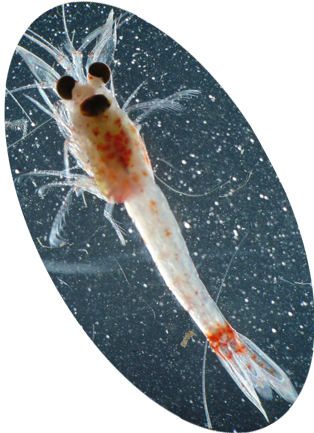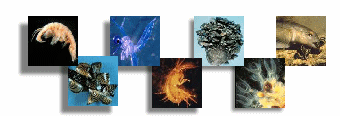|
This photo shows a Ponto-Caspian shrimp, the
'bloody red mysid' Hemimysis anomala.
Its recent introduction to the Great Lakes was
predicted, based on its invasion history in
Europe (Ricciardi & Rasmussen 1998). It was
discovered in Lake Michigan and Lake Ontario
more than a decade after ballast water exchange
procedures became mandatory, suggesting that
those procedures were not sufficient to prevent
the arrival of all ship-vectored invaders
(Ricciardi & MacIsaac 2008). One possible
reason for this is that inbound ships declaring
"No Ballast On Board" (NOBOB ships) were exempt
from the procedures, despite carrying residual
water that are known to harbour organisms.
Therefore, in 2006, Canada implemented new
regulations for the management of residual water
in NOBOB ships. The future will determine if
this strategy is successful.
This species continues to spread; in July 2008,
it was found in the St. Lawrence River (Kestrup
& Ricciardi 2008).
See a factsheet
for H. anomala (Kipp & Ricciardi
2007), prepared for NOAA's Great Lakes Aquatic
Nondigenous Information System. For more
information on its potential impacts, see this paper.
|
 |

(Photo
by NOAA, Great Lakes Environmental Research
Laboratory) |














